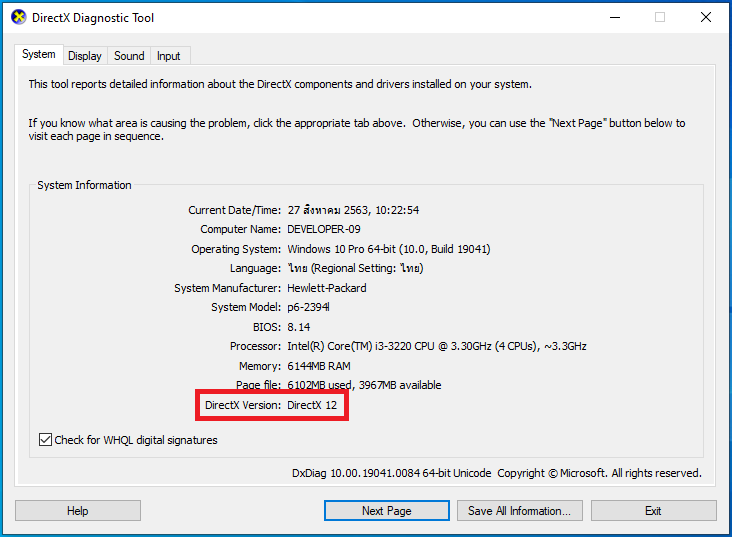
WDDM drivers allow video memory to be virtualized, and video data to be paged out of video memory into system RAM. In the context of graphics, virtualization means that individual processes (in user mode) cannot see the memory of adjacent processes even by means of insertion of forged commands in the command stream. WDDM drivers enable new areas of functionality which were not uniformly provided by earlier display driver models. The WDDM specification requires at least Direct3D 9-capable video card and the display driver must implement the device driver interfaces for the Direct3D 9Ex runtime in order to run legacy Direct3D applications it may optionally implement runtime interfaces for Direct3D 10 and higher. It also supports new DXGI interfaces required for basic device management and creation. WDDM provides the functionality required to render the desktop and applications using Desktop Window Manager, a compositing window manager running on top of Direct3D. With the removal of XDDM from Windows 8, however, WDDM became the only option.

Display drivers in Windows Vista and Windows 7 can choose to either adhere to WDDM or to XDDM.

It is a replacement for the previous Windows 2000 and Windows XP display driver model XDDM/XPDM and is aimed at enabling better performance graphics and new graphics functionality and stability. Windows Display Driver Model ( WDDM) is the graphic driver architecture for video card drivers running Microsoft Windows versions beginning with Windows Vista.


 0 kommentar(er)
0 kommentar(er)
